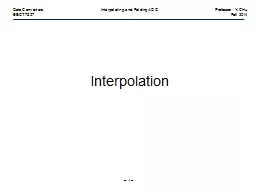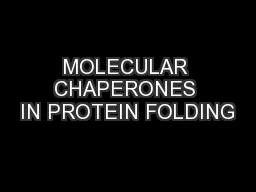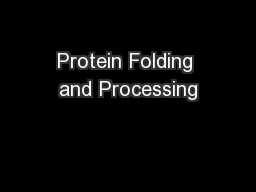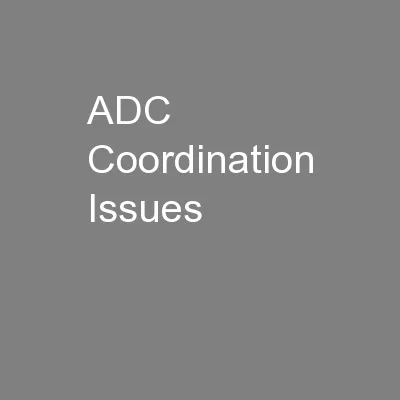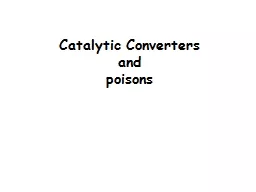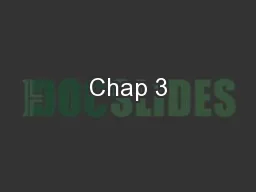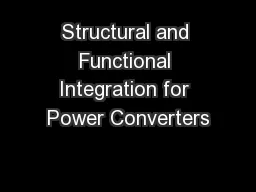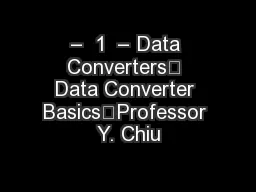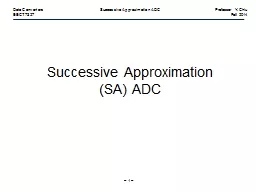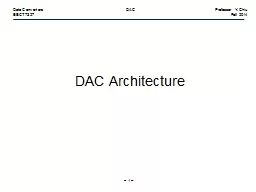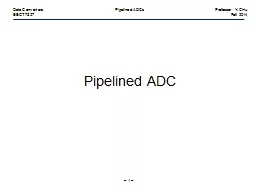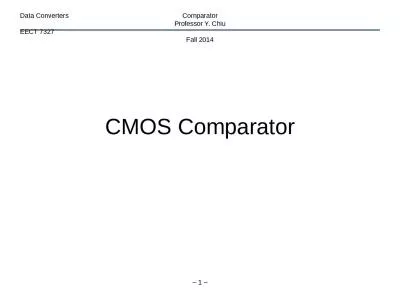PPT-– 1 – Data Converters Interpolating and Folding ADC Professor Y. Chiu
Author : yoshiko-marsland | Published Date : 2018-09-21
EECT 7327 Fall 2014 Interpolation Interpolation 2 Data Converters Interpolating and Folding ADC Professor Y Chiu EECT 7327 Fall 2014 Uniformly spaced zerocrossings
Presentation Embed Code
Download Presentation
Download Presentation The PPT/PDF document "– 1 – Data Converters Interpolatin..." is the property of its rightful owner. Permission is granted to download and print the materials on this website for personal, non-commercial use only, and to display it on your personal computer provided you do not modify the materials and that you retain all copyright notices contained in the materials. By downloading content from our website, you accept the terms of this agreement.
– 1 – Data Converters Interpolating and Folding ADC Professor Y. Chiu: Transcript
Download Rules Of Document
"– 1 – Data Converters Interpolating and Folding ADC Professor Y. Chiu"The content belongs to its owner. You may download and print it for personal use, without modification, and keep all copyright notices. By downloading, you agree to these terms.
Related Documents

